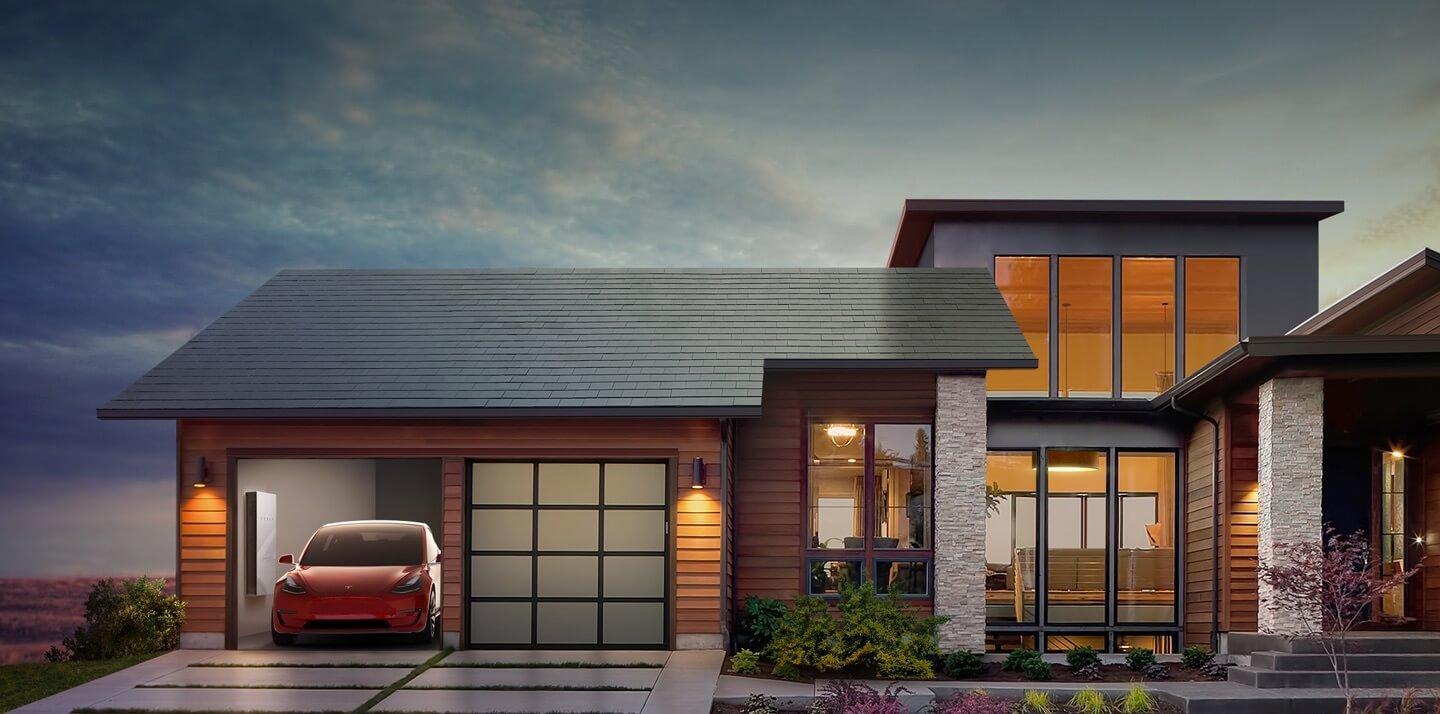

Power can be so ugly. Ever cram four obscenely huge D batteries into an otherwise modest flashlight? Or jockey for a photo of a fast-fading sunset but can’t seem to get the cell tower out of the frame? How about the last (meaning most recent, not final) time you tripped over that loaded surge protector situated like a snare between your desk and file cabinet? Not pretty.
Though we grumble about the obtrusive conspicuousness of energy, we dismiss it as a necessary eyesore, even checking and chastising ourselves for being so petty. After all, aren’t we lucky enough to have power for our homes, businesses, and vehicles without worrying about how unsightly its conduit may be?
Maybe. But that didn’t stop Tesla. The innovative American automaker has had a long-vested interest in making power more efficient and sleek. Tesla introduced the first production automobile to use lithium-ion batteries nearly a decade ago, and operates at the cutting edge of driving capacity up and cost down on newer generation batteries. More recently, the company has been producing high-performance utility and business energy storage systems, and power storage units for homes harnessing energy through solar panels. Which apparently got Tesla to thinking… with its snazzy cars and minimalist power packs… it could complete the trifecta, and make it pretty.
With a brilliant team of engineers and designers behind it, the solution was publicly unveiled just two weeks ago. And it was truly stunning: textured glass tiles that permit the passage of light onto flat solar panels underneath. To the eye, the tiles are simply a lovely roofing material, from a Tuscan-style appearance to a multi-hued slate look. But here’s what matters most:
1) The textured tiles are “tough as steel” and purported to never wear out.
2) Their configuration can be fitted with heating elements for homes in snow- and ice-prone regions.
3) Current iterations of the tiles reduce efficiency of the underlying solar cell by just two percent, but with pre-market modifications are expected to increase cell efficiency.
And it’s all part of a grand plan. When Tesla begins selling its highly-anticipated Powerwall 2 home battery for electric storage in January, it will be offered as perhaps the least expensive lithium ion battery for the home on the market. The company hopes to encourage homeowners to adopt solar-plus-battery syste for their homes and, while they’re at it, plug in that car in the garage (which may or may not be a Tesla). Trifecta complete.
The photovoltaic-friendly glass tiles are expected to be available in the second half of 2017. A price tag is not yet being reported, though Tesla leadership maintains that its solar shingles would save money over standard roofing and grid electricity… a promise, one might observe, not unlike those you might hear at the beauty counter.